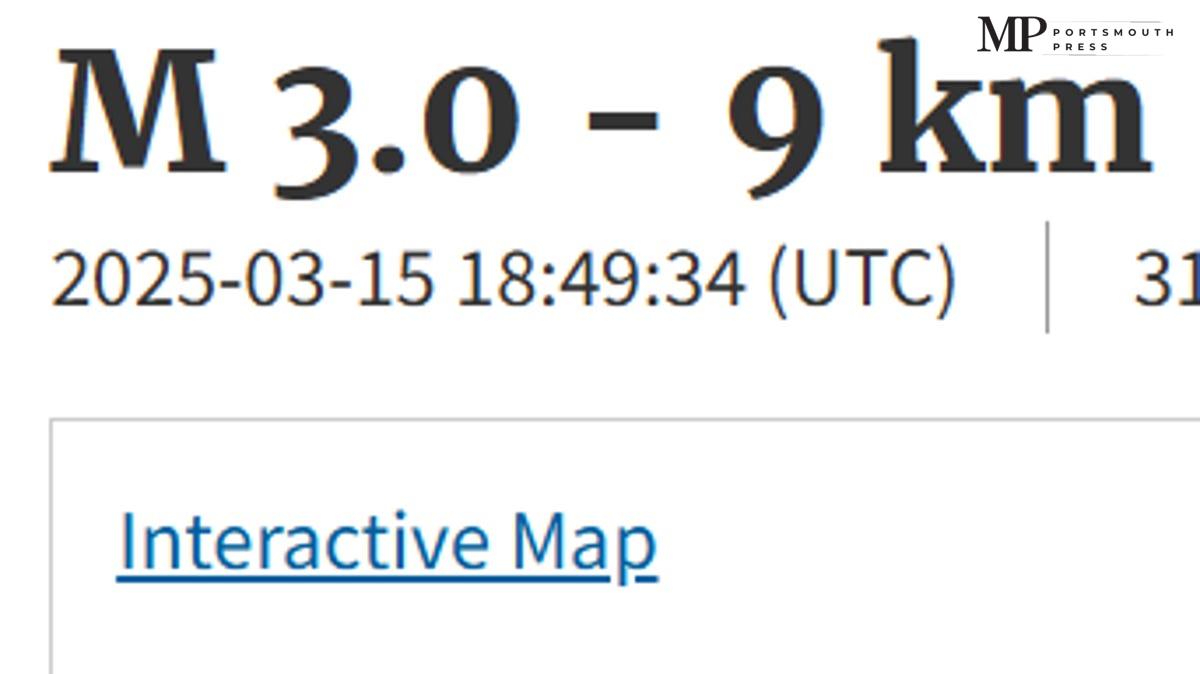The United States Geological Survey (USGS) created a stir on Friday when it mistakenly issued an alert for a 4.6 magnitude earthquake near the picturesque Salton Sea in California. This surprising news quickly spread across various media platforms, prompting concern among residents and businesses in the area. However, in a turn of events just hours later, the USGS confirmed that there was no earthquake after all, explaining that the notification was a result of a system test error.
What Happened?
On Friday morning, the USGS issued an alert detailing a supposed earthquake near the Salton Sea, which is known for its unique landscape and vibrant ecology. The alert specified the earthquake’s epicenter, depth, and potential impacts. This prompted much discussion and worry among the local communities, who were eager to stay informed about any natural events that might affect them. Fortunately, the local businesses swiftly reported that they experienced no tremors or unusual activity.
A Quick Retraction
Shortly after the alert went out, USGS officials took immediate action to retract the notice. They clarified that the alert was due to a rare malfunction during a system test and not a real seismic event. USGS Public Affairs Specialist Paul Laustsen emphasized how important accuracy is for the agency, stating that such errors are infrequent and that they work hard to ensure effective communication to the public.
The Science of Earthquakes
This incident sheds light on why earthquakes occur and how the USGS monitors these natural phenomena. Earthquakes happen when stress builds up in the Earth’s crust, leading to a sudden release of energy. In California, which sits on the infamous San Andreas fault line, earthquakes can happen quite frequently, although most are minor and go unnoticed by the public. The USGS uses a sophisticated network of seismometers to detect ground motion and assess earthquake activity in real time.
Earthquake Preparedness
While this latest incident has highlighted a mix-up, it also brings attention to the importance of earthquake preparedness. Residents living in earthquake-prone areas like California are encouraged to take safety measures, such as developing a family emergency plan, preparing an earthquake kit, and knowing safe spots to ‘drop, cover, and hold on’ during a quake. By being prepared, communities can minimize the risks associated with unforeseen seismic events.
Ongoing Improvements
In light of this recent error, the USGS is taking steps to improve its systems and avoid similar misunderstandings in the future. They have stated that they will conduct a thorough investigation to ensure that their alerts are consistently accurate and reliable. The agency remains committed to improving its earthquake detection capabilities, ensuring that they are a reliable source of information for everyone who depends on them for safety.
Community Response
If you live near earthquake-prone areas, staying informed and prepared is essential. Local community centers often offer workshops on earthquake safety and preparedness. Additionally, residents can visit the USGS website for updates and alerts to stay informed about the current seismic activity in their region. Remember, knowledge is power!
| Alert Status | Magnitude | Reported Epicenter | Status |
|---|---|---|---|
| Issued | 4.6 | Near Salton Sea | Retraction Confirmed (No Quake) |









